“Civil War” Comes to America: A Review
May 12, 2016
In the third installment of the Captain America series, part of the 13 and counting Marvel movies in one of the largest franchises known to Hollywood, stuff, predictably, goes boom. But in balance with the phenomenal and familiar CGI-dosed violence and destruction that comes so naturally to the large influx of superhero movies littering theaters today, “Civil War” possessed a smart and engaging plotline. The movie toyed the line between the comedic sides of the superhero universe (think “Ant Man” or “Guardians of the Galaxy”) and the grim sides (think anything by DC).
The balance worked. The movie, although a solid two and a half hours long, managed to keep the audience engaged by playing with provocative questions and supplying not-so-stereotypical answers. Unlike the blockbuster bust that was Batman vs. Superman (there was more than one audience member dozing off in that audience), “Civil War” handled the questions, including dynamics of family, friendship, and sacrifice, with grace and new twists on classic plots.
The movie started with the stereotypical plot set up, with a majority of the Avengers team racing through the streets of an exotic and crowded city trying to stop a formulaic and soon-to-die fake bad guy. Instead of simply solving this problem which normally only exists to give the next clue and be forgotten for the rest of the movie, one of the newest additions to the Avengers, Scarlet Witch, makes a tremendous mistake, and kills a few civilians.
This is where the movie’s first deviation from the norm enters the scene, and piques the interest of an audience whose energy might have been waning. Instead of simply treating this human rights violation like it was just another day on the job, the superhero dream team is forced to consider the consequences of their actions, a feat led by the once seemingly moral-lacking Tony Stark a.k.a. Iron Man, who begins to campaign for checks and balances on the Avengers’ mercenary-like powers.
As the movie posters and merciless social media propaganda hint at, the #teamironman vs. #teamcaptainamerica conflict is brought to light. The audience might have been surprised that Cap chooses the road less traveled, by defying his government’s wishes and choosing to side with his possible bomb threat of a best friend, Bucky. Technically, the man was created to be a U.S. super soldier. This defiance sets up the movie, pitting old friend against old friend as the age old question of how much power should a government actually have is posed, hence the subtitle of Civil War.
Whereas this main plot might have generated enough material to fuel the movie on its own, the producers and screenwriters manage to jam a few more subplots into the movie. A majority of the subplots worked, adding shorter stories to further deepen the extent of the conflict. A prevalent theme was definitions of sacrifice and revenge, taken on by the movie’s villains and in-the-gray-area heroes.
Standouts include Bucky Barnes/The Winter Soldier and the new and mysterious Black Panther, who turns out to be king of the African country Wakanda. Bucky Barnes, who technically got his own movie in 2014 with “Captain America: Winter Soldier,” is the fuel behind Captain America’s deviation from his original stance on support all things American, which he struggles to come to terms with, along with the fact that he was brainwashed by Hydra, Marvel’s version of the Nazis/Soviet Empire, which causes problems. His friendship with Captain America and brooding presence add mystery and sincerity to the movie.
The Black Panther, who is not actually named after the 1960s militant civil rights group of the same name, arrives on the scene wearing tight clothes and cat ears, managing to make it look intimidating. The first African-American superhero to get his own movie, The Black Panther struggles to come to terms with his own sense of revenge and forgiveness throughout the movie, and although not playing a very large part in the film, makes his dynamic an important one.
It was interesting, that even with the movie titled after him, Captain America was perhaps not the best character on screen. The movie although heavy in the Cap content, included many scenes not exactly pertaining toward the advancement of his character, which is not surprising, as the marvel universe is HUGE.
As all the Avengers, old and new, pick which side they believe in, which entails turning best friend against best friend and family member against family member, the struggle reveals a deeper level to many of the just-here-for-the-action-scenes characters.

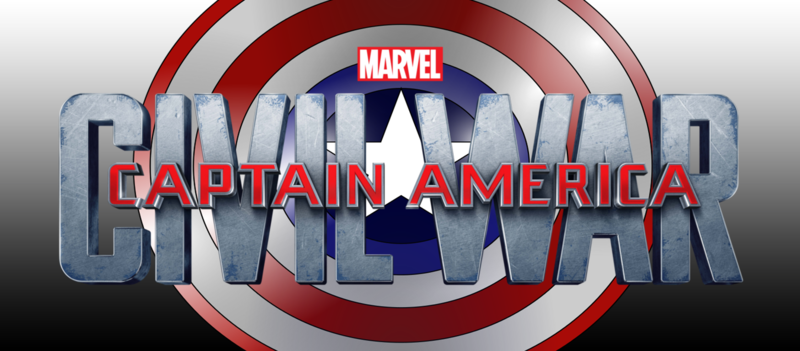
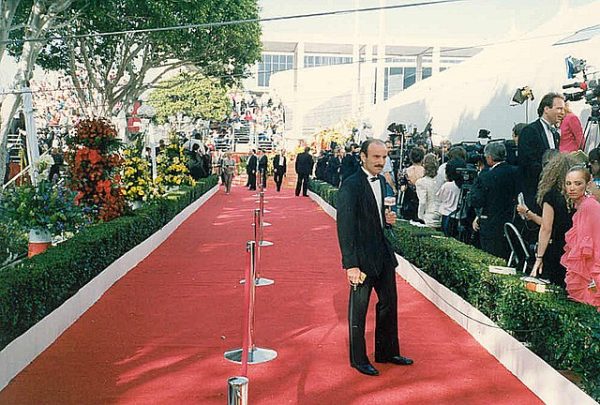
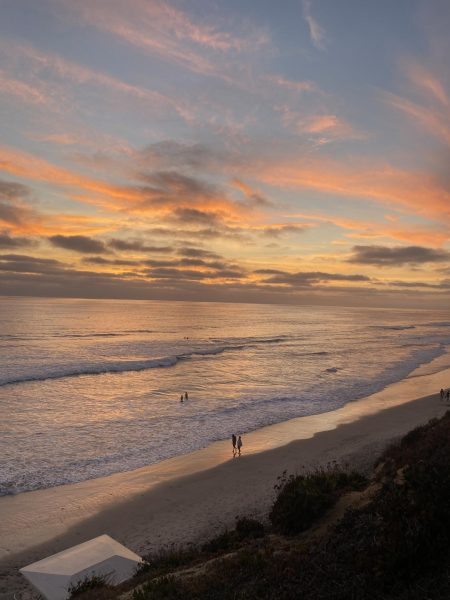
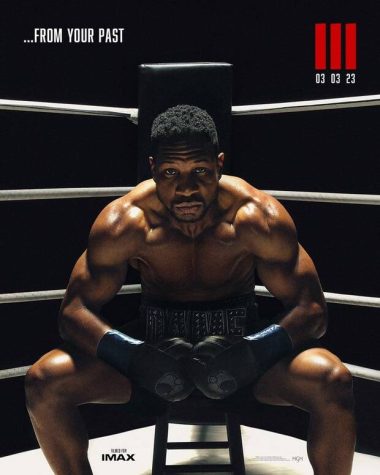
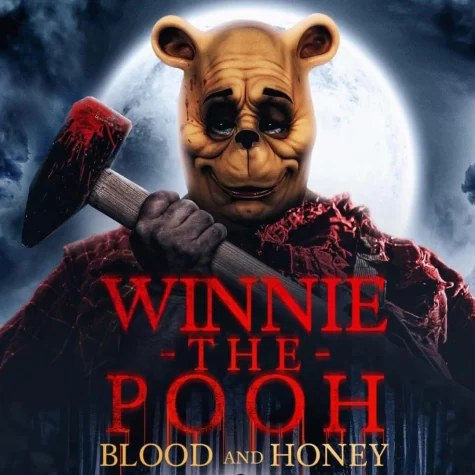
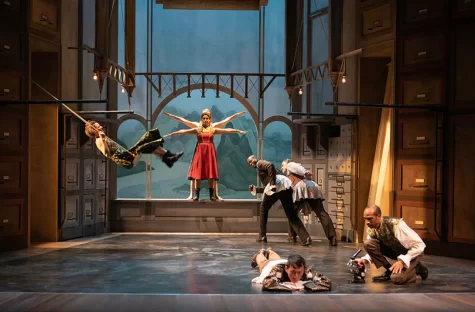

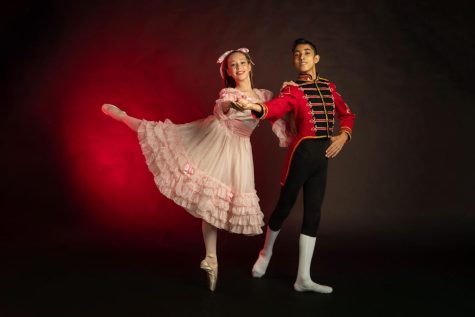
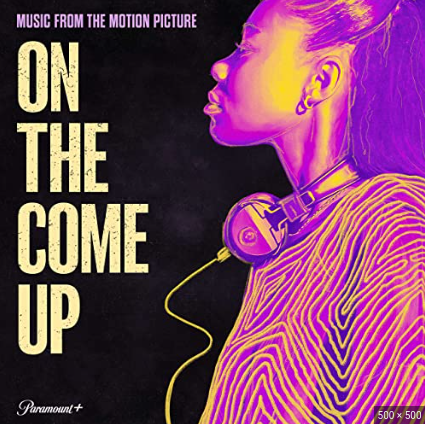
Pretty 2 • May 25, 2016 at 3:27 pm
I haven’t seen the movie, but this is a fabulous review and I will go
see it now